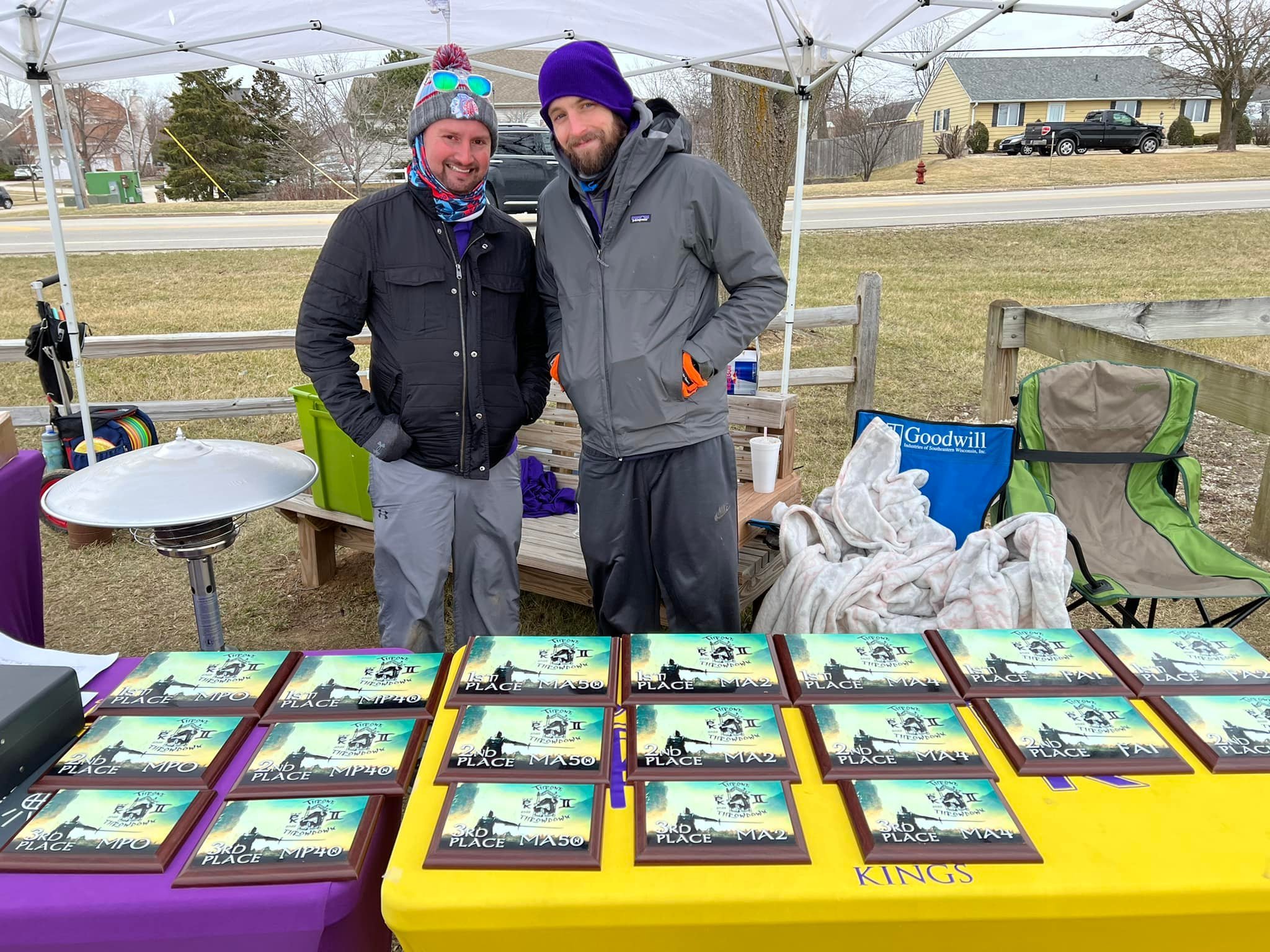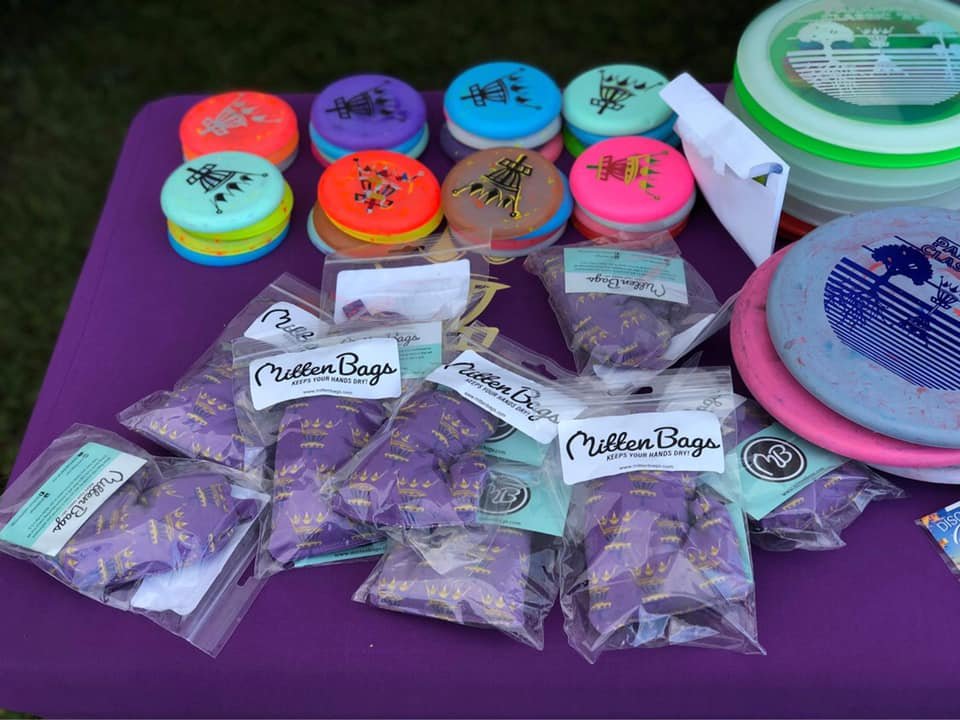Tournament Directing 101
Tournament season is in full effect, and this week I wanted to share with you my own personal journey to becoming a tournament director. This year my wife and I are embarking on our first event, and there are several steps needed to run a successful event. I am only writing about sanctioned events in this article. Here’s the breakdown.
ParKings Tournament Central
Planning, planning, planning. We started this whole process more than a year ago, and while in the beginning it was mostly just brainstorming, the real planning started in January for our event scheduled in October of this year. You need to consider players packs, scheduling, sponsorships, insurance, volunteers, and logistics. Also look for support from previous events, there’s no need to reinvent the wheel here. We have consulted several existing TDs for guidance, resources, templates, and advice. The PDGA website has robust resources to help make sure you don’t miss any details.
Location, location, location! After you have a plan in place, I think the next thing should be finding a course to host your event. There’s more to this than just picking a course. How’s the parking? How many holes are there (this will determine how many players you can register)? What condition is the course in? How’s the signage? Tee pads? All this needs to be considered to pick the perfect venue that fits your needs. If you’re trying to be more inclusive of all divisions, then you should pick a course that has multiple pin and tee locations. Looking to do something catering more to the advanced and professional side, then choose a more difficult course. If you’re planning a B-Tier or higher, you might be hosting your event at multiple venues, and so you need to consider proximity as per the PDGA guidelines. UDisc is a great resource to help discover distance between courses.
Permits, permits, permits! Once you’ve selected your course(s), discover what agency you’ll be dealing with. Is it a city park course? Is it on private property? Is it on preservation land? Once you determine the agency, you’ll need to root out the proper contact to get your permit. You will want to do this very early in the process. Sometimes there may be other events already planned on the proposed date, so you may need to adjust to another weekend. You also want to lock in your event date with your state coordinator to make sure there aren’t any conflicting events. For example, an A-Tier has limitations as to how close another A-Tier can be, etc. Again, your state coordinator has the knowledge and resources to help make sure you meet all guidelines.
the PDGA website helps streamline your efforts
Execution, execution, execution. There is quite a bit of ‘paperwork’ to fill out to get your tournament listed on the PDGA website as well as the Disc Golf Scene site. First you want to make sure you’re rules certified. Next you need to submit your event to the PDGA, and they will confirm and send you a username and password to get into the tournament director page. Here you can enter all the details like divisions, tier, pricing, location, and dates. Once you complete this, you can head over to the Disc Golf Scene site to publish your event and link it to the PDGA info. The PDGA has really streamlined the entire process so that you can manage every aspect of your event from one convenient place. Set up live scoring, establish prize pool payouts, set up rolling tee times or shotgun starts and much more. Thank you PDGA for making this process so much more simple than ‘back in the day’.
Network, network, network! A common mistake of TD’s is that they try to take on all the responsibilities by themselves. The best tournaments are run by committee. A good TD will delegate and regulate responsibilities, and most communities have plenty of people willing to help. I always say volunteering is good for the soul, so use that to recruit as needed. Early on you will need to build a list of people to volunteer at your event. Overcompensate here, as it is inevitable that some volunteers may not be able to show up. Like the old saying goes, “It’s better to have them and not need them than to need them and not have them”, or something like that. Have duty assignments so event staff will know where they’re going and how long they should be at that station. Try to have enough volunteers so that you don’t have one guy out in the searing heat on that par 4 all day.
Some of the fun items in a player’s pack
Fundraising, fundraising, fundraising! Tournaments can be costly efforts, and so you’ll want to fundraise early and for as much as possible to offset costs. Revenue will come from hole sponsorships, business sponsorships, and entry fees. If you’re sensing a pattern here, it’s this: plan early! Knowing you have your finances secure can reduce stress and allow you to focus on other details that will ultimately make your event a memorable one.
Marketing, marketing, marketing! Even with the explosive popularity of the sport, you still need to let people know about your event. In this digital age, it isn’t too difficult to get the word out. Look to local disc golf groups on Facebook, Instagram, and Twitter. Also post a few flyers around your favorite local eateries and breweries. Word spreads fast these days, so just stay consistent and diligent and you’ll find your event selling out quickly.
Fun, fun, fun! With everything you need to do and focus on and execute, it’s very important to remember to have fun. Not everything will go as planned, and that’s ok. You need to improvise, adapt, and overcome when these challenges arise. If you enjoy the ride, you’ll find yourself having a great time. Remember that you are providing a great service to the public, and the community will be grateful. I’m sure I’ve missed a few things, or simplified others, but I hope this will help motivate you to get out there and try your hand at hosting an event.
A TD in action




